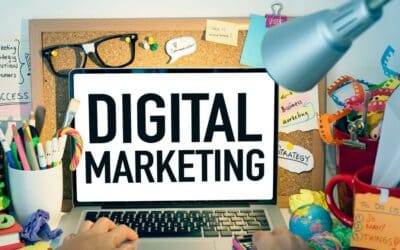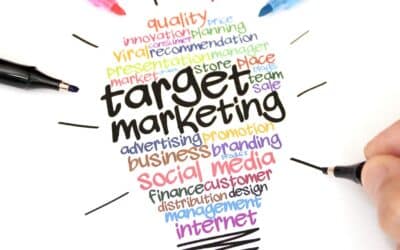As marketing experts, we know competition is fierce. Staying ahead requires constantly analyzing and adapting. Today, we delve into Feature Comparison & Competitive Advantage. Forget throwing darts in the dark, let's turn insights into a laser-focused...
Strategy & Planning
Why Your Website is Your Most Important Salesperson
The Digital Era and Online Presence Hello there! Have you ever stopped to ponder how much the world has evolved in the last few decades? It's mind-blowing, right? The internet has taken over, and the business landscape is no exception. If you own a business or are...
The Ultimate Guide to Efficient Plumber Marketing Strategies
In the bustling world of home services, plumbers hold a unique and essential position. We rely on them for everything from minor leaks to major renovations. But as a plumber, how do you ensure your services reach those who need them most? That's where efficient...
Digital Marketing 101: A Comprehensive Guide for Small Business Owners
In today's increasingly digital world, small business owners must adapt their marketing strategies to stay competitive and reach a broader audience. With the rapid growth of the internet and the widespread use of smartphones, digital marketing has become an essential...
Why a Structured Marketing Plan Is Crucial for Small Business Success
In an era when 20% of small businesses fail within their first year and 50% don't make it past five years, success and failure often come down to one crucial element: a well-crafted marketing plan. According to recent research by the Content Marketing Institute,...
ONE Offer, ONE Audience, and ONE Plan
Imagine you're at a buffet, and you see a variety of delicious dishes laid out before you. You start by filling your plate with a little of everything because you want to try it all. But as you move through the line, you keep piling on more and more food, and before...
The Start is What Stops Most People
"The start is what stops most people." - Don Shula Have you ever seen a little kid get on a diving board for the first time? Most of them hesitate and make a real serious assessment of whether this new activity is a good idea. Of course there is a range. There are...
Better Problem Solving with Retrograde Analysis and Chess
I just read a feature piece on Maurice Ashley, a Chess Grandmaster. He made a TEDed talk about how sometimes working backwards is the best way to solve a problem. This process is known as retrograde analysis and I'm surprised how little I use it....
Find Your Purpose and Fling Your Life Out to It
"Find your purpose and fling your life out to it. Find a way or make one. Try with all your might. Self-made or never made." - Orison Swett Marden I'll entertain you with two cautionary tales. One serious and one not so much. I have distant cousin on my mom's side who...









